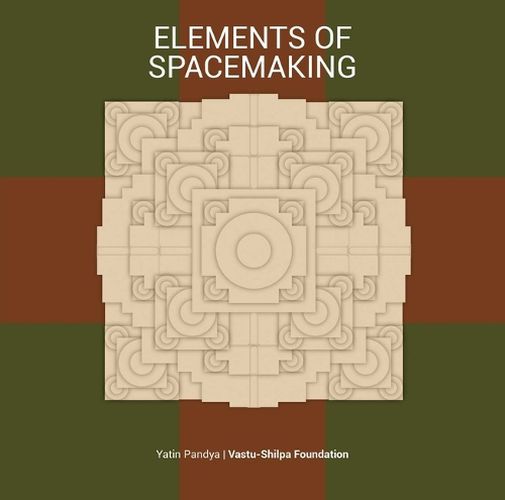Readings Newsletter
Become a Readings Member to make your shopping experience even easier.
Sign in or sign up for free!
You’re not far away from qualifying for FREE standard shipping within Australia
You’ve qualified for FREE standard shipping within Australia
The cart is loading…






Explains the fundamental spatial and perceptual attributes of the elements of 'spacemaking'critical to effective designing of space
Traces the evolution of each element through history from primeval structures to modern architecture
Illustrated with 1400 extensive drawings and sketches of detailed case studies from all over the world
The notions of space are made physically manifest in architecture through the different elements that constitute the basic identifiable parts of the manmade or built environment. Each of these elements possess attributes inherent to their morphological construct which endow them as particular spatial properties, providing potential for their use and design in architectural compositions. This book examines the inherent attributes of 'spacemaking' elements, namely roofs, walls, doors, windows, columns, stairs and floors and analyzes their implicit influences in the design of space. It traces the linguistic origin of the terms as well as the evolution of each element through history from primeval structures to modern architecture. The effective applications of these are illustrated through extensive drawings and sketches of detailed case studies from all over the world.
$9.00 standard shipping within Australia
FREE standard shipping within Australia for orders over $100.00
Express & International shipping calculated at checkout
Explains the fundamental spatial and perceptual attributes of the elements of 'spacemaking'critical to effective designing of space
Traces the evolution of each element through history from primeval structures to modern architecture
Illustrated with 1400 extensive drawings and sketches of detailed case studies from all over the world
The notions of space are made physically manifest in architecture through the different elements that constitute the basic identifiable parts of the manmade or built environment. Each of these elements possess attributes inherent to their morphological construct which endow them as particular spatial properties, providing potential for their use and design in architectural compositions. This book examines the inherent attributes of 'spacemaking' elements, namely roofs, walls, doors, windows, columns, stairs and floors and analyzes their implicit influences in the design of space. It traces the linguistic origin of the terms as well as the evolution of each element through history from primeval structures to modern architecture. The effective applications of these are illustrated through extensive drawings and sketches of detailed case studies from all over the world.